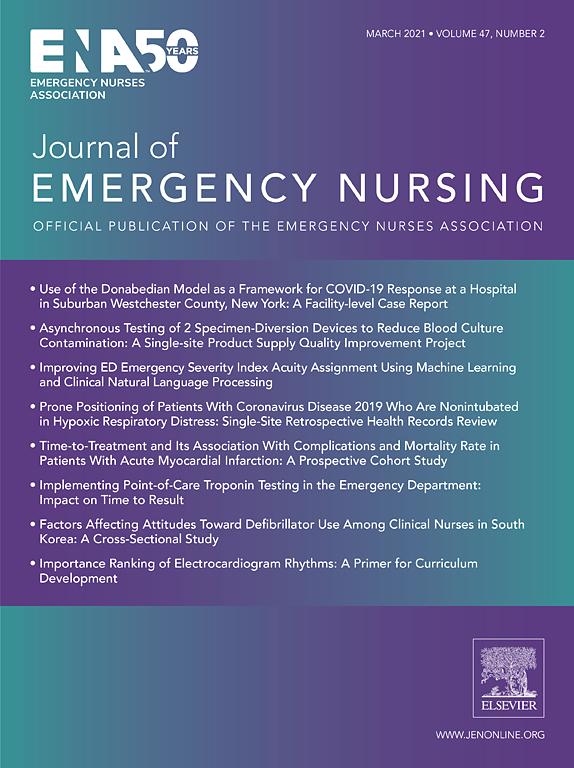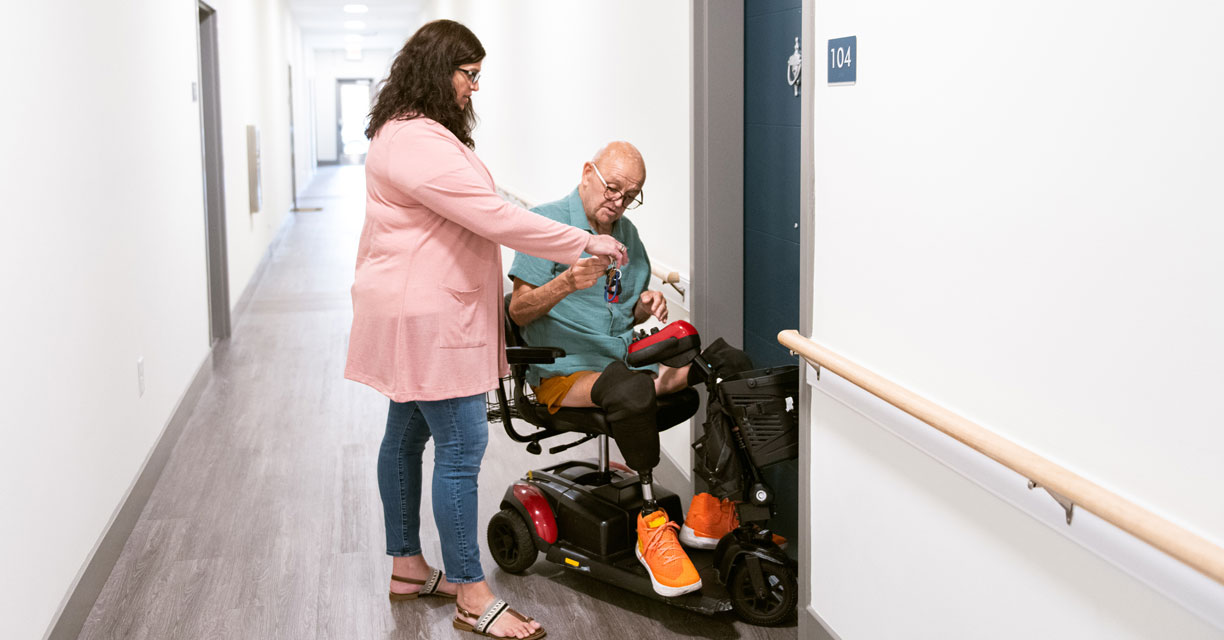Headline
Primary care and alternative payment models that reduce emergency department use and increase access to care for high-need populations share core components for success.
Context
Frequent emergency department (ED) use leads to poor health outcomes and high spending, especially for high-need, high-cost populations. Some primary care models have shown promise in reducing ED use. This systematic literature review identified 21 studies of four models — care coordination, care management, intensive primary care, and alternative payment — that support high-need, high-cost patients through primary care. For each model, the review details cost and acute care utilization outcomes.
Findings
Eight studies evaluated care coordination models, with about half demonstrating significant reductions in all-cause ED use and reduced costs. Seven studies on care management programs showed mixed results, with only two studies reporting significant differences in all-cause ED use and one on cost reductions. Four studies evaluated the effects of intensive primary care models, with two showing significant reductions in ED use, and one showing lowered overall costs. Finally, two studies on alternative payment models (pay-for-value and the Comprehensive Primary Care Initiative) showed a reduction in ED use.
Takeaways
Though the results across included studies were mixed, the models that showed success in reducing ED use shared similar components, such as consistent follow-up, interdisciplinary care teams, referral to social services, and enhanced access to care. Providers can use these findings to improve primary care referrals at discharge and can advocate for incorporating these successful components into their care models.




